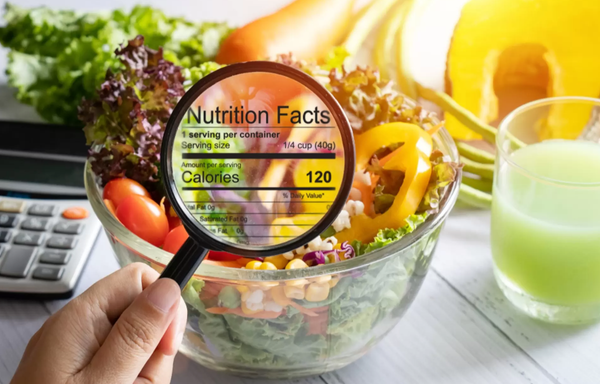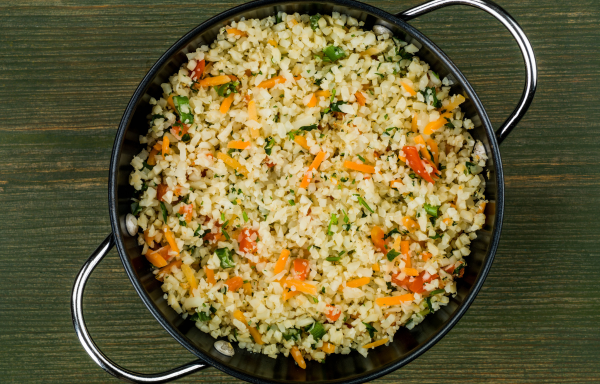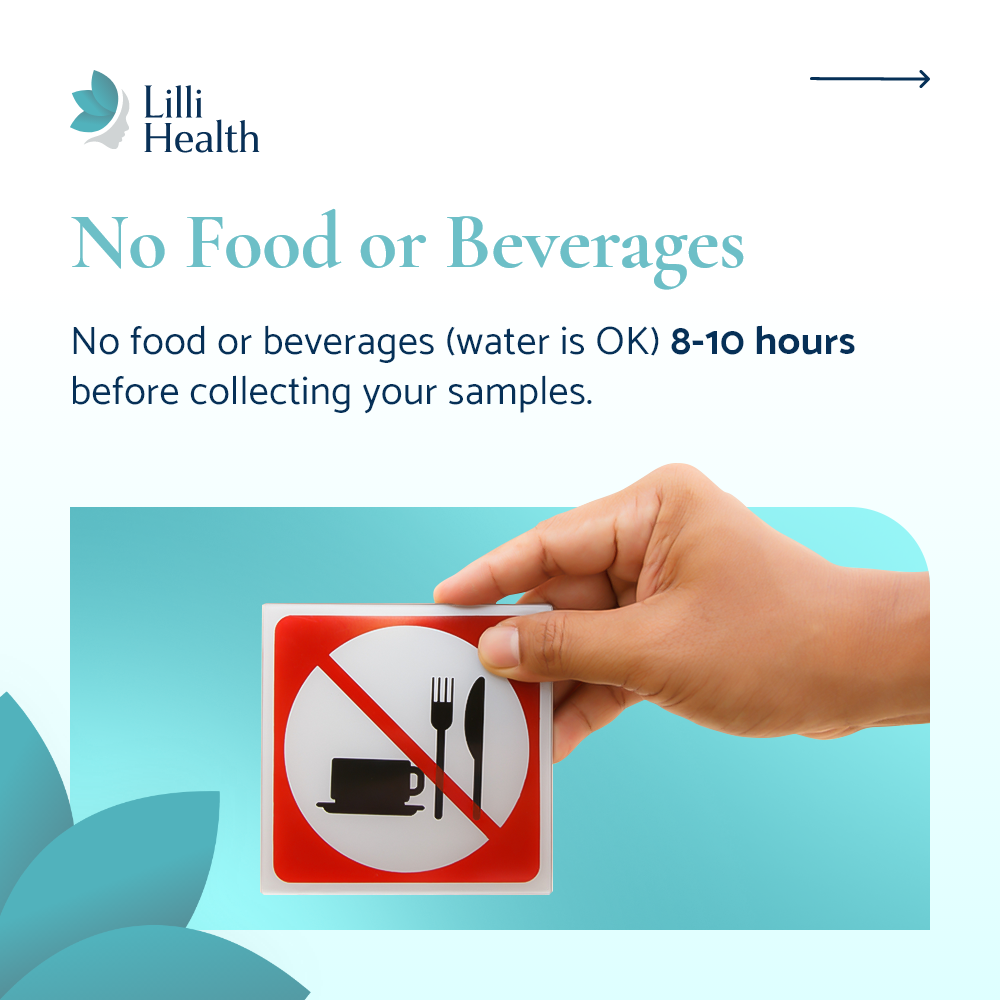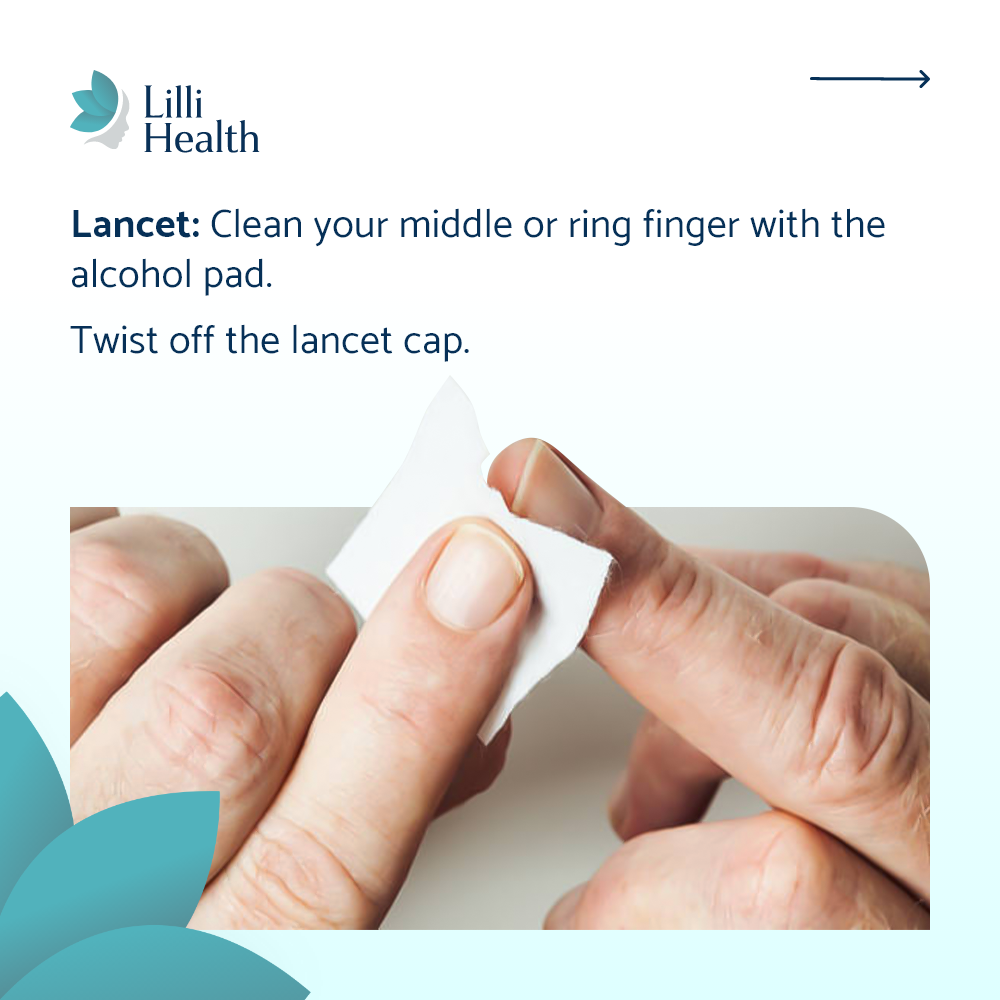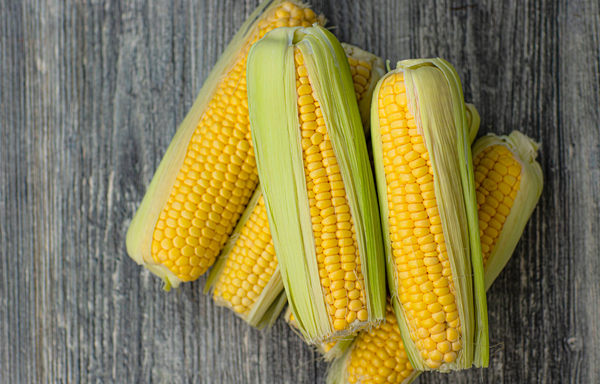

The Corn Conundrum: A History of this High Starch Staple
From Teosinte to Today’s Corn
Corn is often romanticized as a wholesome, natural food—grilled at a barbecue, popped for movie night, or baked into chips labeled as “gluten-free” and “whole grain.” But the corn we eat today looks nothing like the plant it once was.
Corn started as a wild grass called teosinte, which was only about 2 inches long and had fewer than a dozen hard, inedible kernels. Over thousands of years, humans selectively bred it for size, sweetness, and yield. Today, a single ear of corn is about 10 inches long with hundreds of soft, starchy kernels. It’s one of the most aggressively engineered crops on the planet.
This transformation didn’t just change its size—it changed its impact on your health.

A Grain Disguised as a Vegetable
Let’s clear this up: corn is not a vegetable. It’s a grain. And not just any grain—one of the highest-starch, highest-glucose grains in our modern food supply.
While it’s often lumped into the “vegetable” category, metabolically speaking, corn acts more like sugar. That’s because corn is mostly starch, and starch quickly breaks down into glucose. For someone who’s insulin resistant, that’s a huge metabolic load.
Even a small serving of corn—whether it’s on the cob, in a tortilla, or ground into cornmeal—can spike insulin and keep your body stuck in fat storage mode.
The Hidden Corn in Our Food Supply
Here’s the scary part: corn isn’t just in corn. It’s everywhere.
From corn syrup and corn starch to corn oil and corn-based preservatives, it’s nearly impossible to avoid unless you’re actively trying. That’s because corn is one of the most heavily subsidized crops in the United States, making it cheap to produce and profitable to slip into everything from salad dressings to processed meats.
And if you’re buying conventionally raised meat, poultry, or fish, there’s a good chance those animals were fattened on—you guessed it—corn.
Genetically Modified and Ultra-Processed
Over 90% of corn grown in the U.S. is genetically modified (GMO) to increase yields and resist pests. That sounds like a good thing… until you realize the consequences.
The more corn was modified to meet modern demands, the more starch and sugar it contained. This ultra-processed crop has been fine-tuned for taste, texture, and shelf life—not for your metabolic health.
Even “organic” corn has been bred over centuries to be much higher in starch than the teosinte it came from. So even if you’re eating non-GMO or organic corn, your body still has to process a huge glucose load every time you eat it.
But Isn’t Corn a Whole Grain?
Sure. But that doesn’t make it a good choice if you’re insulin resistant.
Just like wheat, corn in its “whole” form still packs a huge starch punch. Whether you’re eating corn tortillas, popcorn, or cornmeal muffins, you’re flooding your body with glucose. And for someone with glucose intolerance, that’s a problem.
Popcorn? It’s one of the highest glycemic index snacks out there.
Tortillas? One is basically like eating several sugar packets.
Cornbread? Might as well be cake.
A Commodity Crop, Not a Health Food
Corn’s popularity didn’t grow because it was healthy—it grew because it was profitable. After World War II, corn became one of the most heavily subsidized crops in the U.S., leading to massive overproduction. That extra corn had to go somewhere… and it ended up in our food, drinks, animal feed, and gas tanks.
And because of all that surplus, we’ve been taught to think of corn as a healthy, wholesome staple. But when you look at it from a metabolic perspective, it’s one of the worst offenders for insulin resistance.
Bottom Line
Corn has come a long way from its teosinte roots—but not in a good way. It’s now one of the most genetically altered, high-starch, and overused grains in our modern food supply. For someone with insulin resistance, it’s simply not worth the metabolic cost.








